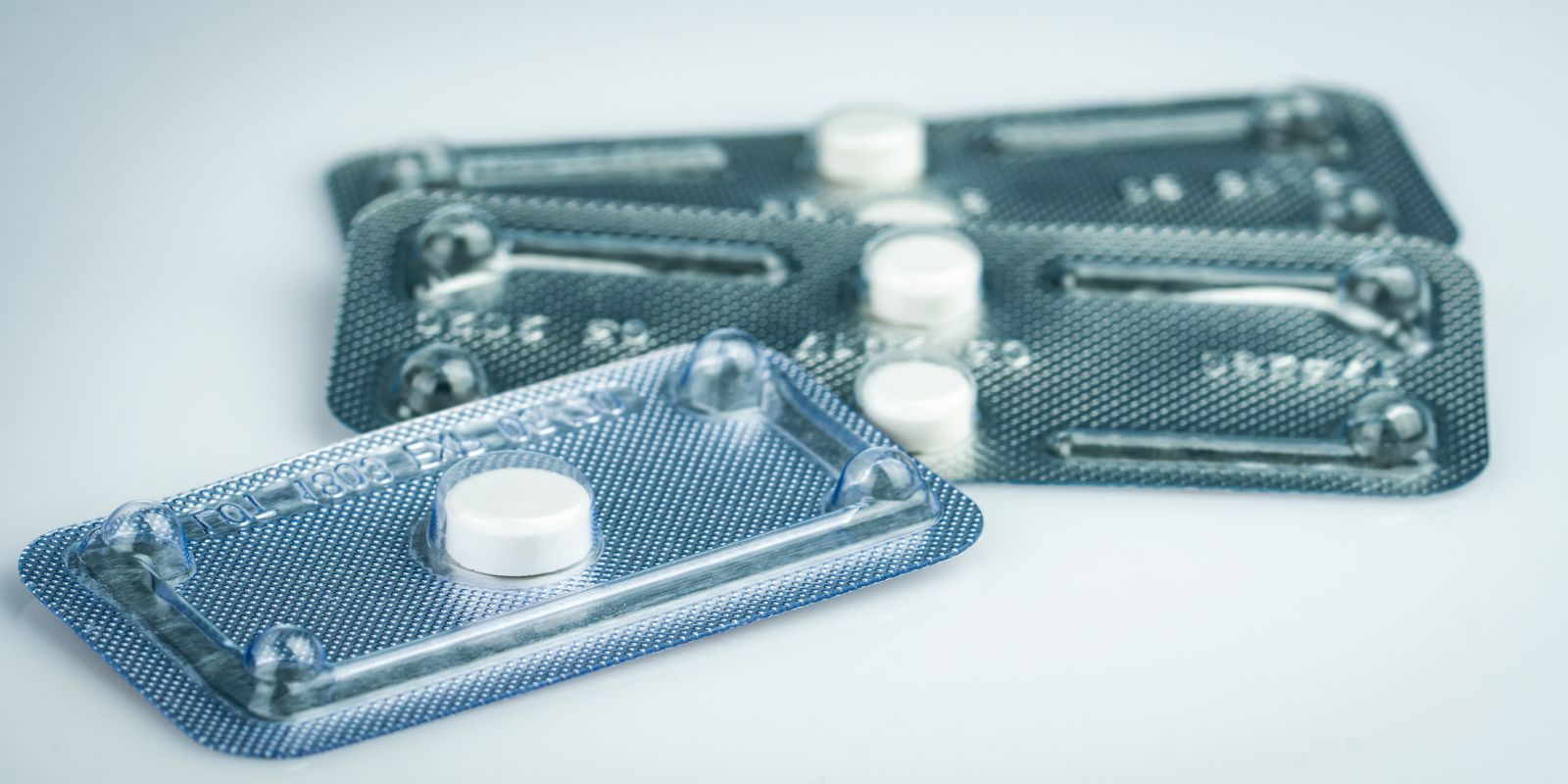Contraception Guide for First-Time Sex
Table of Contents
- Contraception Guide
- Implant For Birth Control
- Birth Control Shot
- Birth Control Pill & Vaginal Ring
- Intra Uterine Device
- Morning-After Pill
- Barrier Methods
- Other Methods
Contraception is the use of methods, devices, or medications to prevent pregnancy. Options include barrier methods like condoms, hormonal methods such as the pill or implants, and long acting reversible contraceptives like IUDs. The right choice depends on health, lifestyle, and personal needs. While many options prevent pregnancy effectively, only condoms also protect against sexually transmissible infections.
Some common side effects.
Breast sensitivity, weight gain, queasiness, headaches, temperament changes and decreased libido. It is recommended to research the Contraception Methods in further detail online to find out other people’s honest reviews and opinions.

Contraception Guide
Implant For Birth Control
A contraceptive implant is a rod which gets inserted into the upper arm of your skin by a doctor. This implant contains a hormone that ceases ovulation. It changes the fluid in your vagina to a much thicker consistency, making it challenging for any sperm to move.
This implant leaves a scar from insertion and another scar for removal. But they are both unnoticeable as they are hidden. An implant is almost 100% effective if used correctly and lasts for three years. People experience different side effects on the Birth Control Implant. It is important to review what they have said online.
Birth Control Shot
A Birth Control Shot is a contraceptive a hormonal injection that is given every 12 weeks to 14 weeks. It stops ovulation and changes the fluid in your vagina to a much thicker consistency. Making it challenging for any sperm to move. A Birth Control Shot is 99% effective if used correctly.
Birth Control Pill & Vaginal Ring
A Birth Control Pill and Vaginal Ring are both 99.7% effective if used correctly. With both of these contraceptive methods it is important to take a birth control pill every day and you will need to replace the Vaginal Ring on time. If you have forgotten to take a pill or change the ring, the effectiveness of the contraceptives drops to 91% effective. A Vaginal Ring is inserted into the vagina for 3 weeks which releases hormones into the bloodstream. New Vaginal Ring is inserted every 3 weeks.
Intra Uterine Device
A Intra Uterine Device is small plastic object that contains either copper or hormones. This Intra Uterine Device is inserted in the uterus by a doctor and lasts for up to 10 years. You are able to ask for it to be removed at any time by a doctor. The Intra Uterine Device is 99% effective if used correctly. It makes the uterus lining different so the sperm cannot live on and the egg is also unable to attach to the uterus. Has various side effects.
Morning-After Pill
A morning-after pill is a tablet that you take the day after you have had unsafe sexual intercourse. Or if you used a contraceptive method that failed like a broken condom. It works by ending ovulation and is 85% effective. Is recommended to take the pill within 24 hours. But it still is effective to work if you take it 96 hours later. This pill can also be taken on day 5 but its effectiveness decreases.
Barrier Methods
-
Condom
A condom is made from latex and is placed on an erect penis. When the man ejaculates during sex the condom captures the sperm. Condoms are98% effective if used correctly. It is important to put the condom on before it get in contact with the vagina. Condoms are easily accessible and affordable as they can be bought from almost any supermarket. Some well-known condoms include Ansell, Four Seasons, Naked and SAX.
-
Diaphragm
A diaphragm is a low curved dome that is placed into the vagina by a doctor. It shelters the uteruses opening, preventing sperm from entering. After you have sex, wait 6 hours before removing it. A diaphragm is 94% effective if fitted properly.
-
Female Condom
A female condom is a device made from polyurethane which is placed in the vagina preventing sperm from travelling to the uterus. Female condoms can be placed inside the vaginas hours before the sexual encounter. But may take time for you to learn how to insert it. A female condom is 95% effective if used correctly.
Other Methods – Contraception Guide
Pull Out Method
This method is also known as Withdrawal and is in our sex guide. Withdrawal occurs when the man pulls out his penis from the vagina before he ejaculates. Some people use this method as it is free. There are no side effects although it does not protect the couple from Sexually Transmitted Infections or pre-cum.
Withdrawal can work alongside other contraception methods to increase their effectiveness. Once a year, 4 out of every 100 women who use Withdrawal will become pregnant. If the withdrawal method is not used flawlessly, the rate increases to 27 out of every 100 women will become pregnant.
Outercourse
This is a sexual activity without penetration. Outercourse can include dry humping, mutual masturbation, kissing, oral sex, anal sex, sex toys, fantasy play and manual stimulation. It is a good way for people to learn how their bodies operate, how to have an orgasm and gives them an opportunity to explore their sexuality. Outercourse can be enhanced by wearing provocative lingerie.
Fertility Awareness
This involves the tracking of the woman’s ovulation cycle. Sexual activity is planned for the days that they are less likely to result in pregnancy. Fertility Awareness is usually used alongside male condoms, emergency contraception and abstinence. It requires a lot of self-restraint and precise tracking.
Many couples also use charts, smartphone apps, or fertility monitors to make this method easier to manage. While it can work well for those with very regular cycles, it is less reliable for women whose periods are irregular. As explained in this contraception guide, Fertility Awareness does not protect against sexually transmitted infections, so pairing it with barrier methods like condoms provides greater protection overall.
There are four different methods
- Temperature Method: Identifies ovulation through body temperature changes.
- Cervical Mucus Method: Requires keeping track of your vaginal fluid.
- Calendar Method: Involves keeping track of how many days are in your menstrual cycle.
- Standard Days Method: Uses bead counting to track a regular menstrual cycle.

FAQ: Contraception Questions Answered
What is the most effective form of contraception?
Implants and intrauterine devices (IUDs) are among the most effective methods, with success rates close to 100% when used correctly.
Do condoms protect against both pregnancy and STIs?
Yes. Condoms are the only contraception method that helps prevent both unintended pregnancy and sexually transmitted infections.
Can the morning-after pill be used regularly?
No. The morning-after pill is intended for emergencies only. It is less effective than regular contraception and not suitable for ongoing use.
Are there side effects with hormonal contraception?
Yes. Some people may experience weight changes, mood shifts, breast tenderness, or headaches. It’s best to consult your doctor before starting.
What if I forget to take my birth control pill?
If you miss a pill, take it as soon as you remember. If multiple pills are missed, use a backup method such as condoms until your cycle is back on track.



